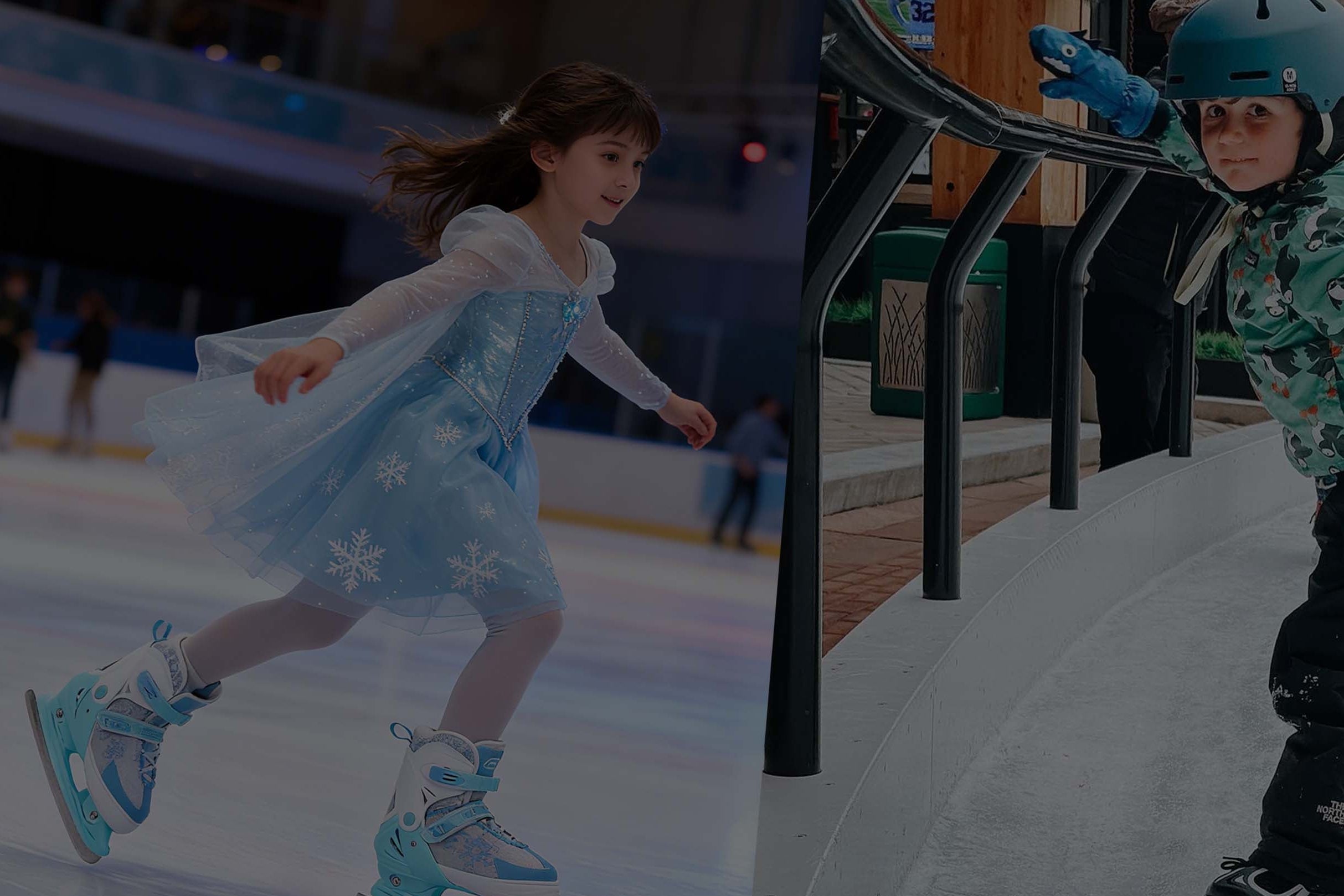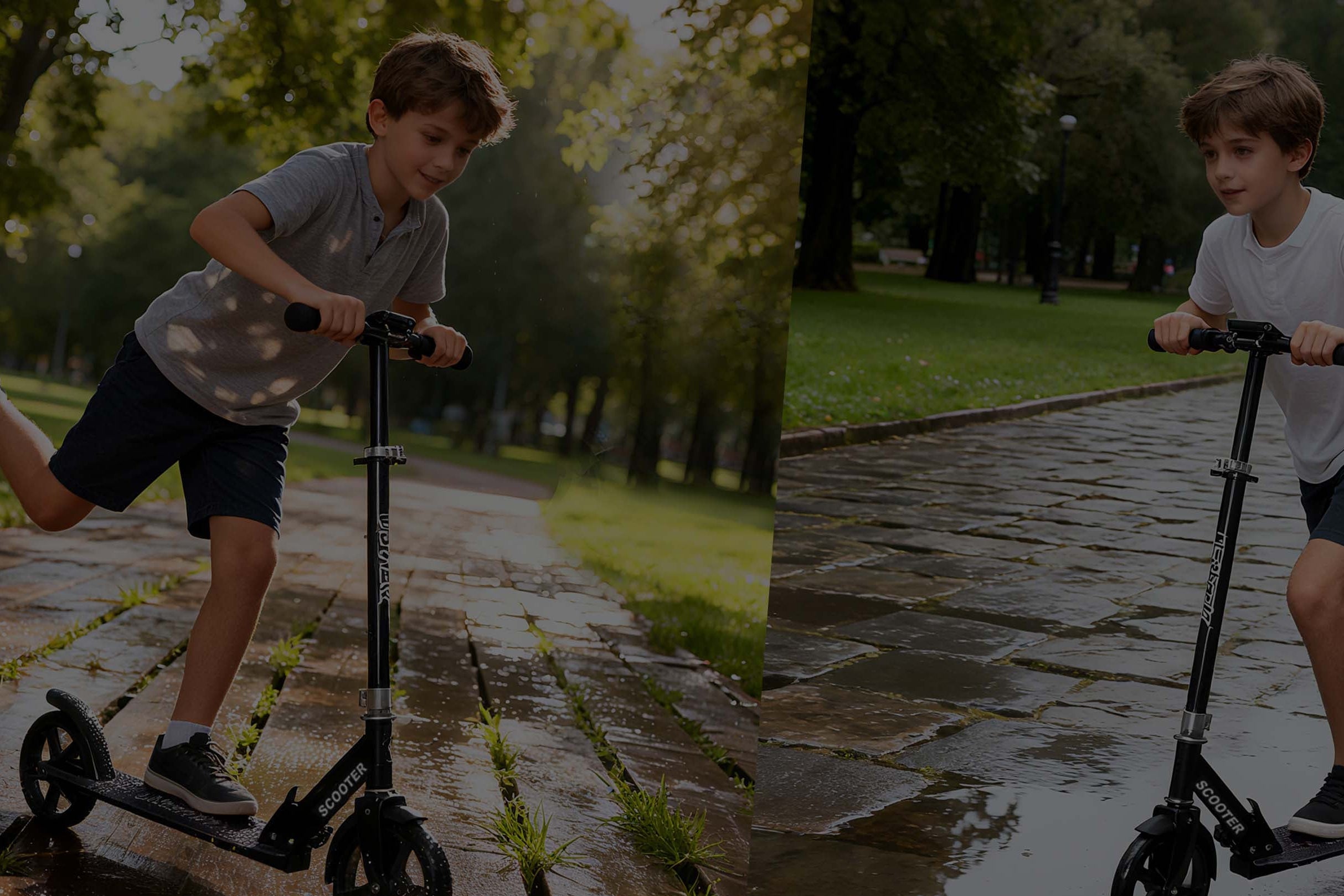Ice skating tops the list of fun winter activities, but your dreams of zooming around the rink fast or dancing on the frozen lake can be a challenge if you don’t know the most important skill of all: how to stop on ice skates. No one wants to end their fun with a fall or flailing their arms around and wobbling. Even the simplest ice skating for dummies instructions tell you how to stop safely and with style.
There are three ways how to stop on your Nattork ice skates, and we’ll cover all of them to give you the confidence to choose for yourself.

The Snowplow Stop
This is probably the first type of ice skating stop you should practice. It’s easier for all ages. If you’ve ever gone downhill skiing, you will recognize the technique.
When skating straight ahead, point your toes in toward the center and let your heels slide out to either side. This makes a V shape that causes friction against the ice. You will slow down and stop. If you change your foot position too quickly, you may stop short and lose your balance. Keep your knees bent and lean forward slightly to reduce the risk.
The Hockey Stop
As the name implies, this is the popular method used by ice hockey players, but figure and speed skaters can do it too. It’s best for more experienced or older skaters with more balance and strength.
While bending your knees and leaning back a bit, quickly move both skates so they are sideways at a 45-degree angle. Make the blades parallel to each other. This will scrape the ice, send up a glittering plume if you were going fast, and can stop you immediately. Balance carefully so you don’t end up falling forward.
The T-Stop
Another advanced ice-skating stopping technique forms a T shape with your skates. The front skate stays straight ahead, and the back skate turns sideways. It’s a bit like half a hockey stop without the abrupt motions. In fact, you can do this one at any speed depending on your strength or intentions with where you want to end up. Balance can be an issue for early skaters, and you may end up accidentally skating in a circle if your back skate is angled oddly.
No matter how much you practice these fun winter activities, you may still fall sometimes. That’s what makes Nattork protective gear a necessary part of the experience. You’ll be protected and look cool at the same time. Always wear a helmet, knee and elbow protection, and wrist guards.
As the winter weather approaches, dreams of gliding across the ice or battling it out for control of the puck in a hockey game may fill your mind. Alongside all the other skills needed to stay upright, go fast, and be graceful, knowing how to stop on ice skates is super important. Your strength, skill, and even ice conditions affect how it works, but knowing all the techniques is a great start to safety and fun.
Related Blog:
Skating in Winter: Combat the Cold with Ice Skates or Roller Skates
















